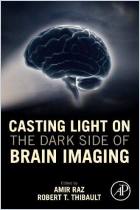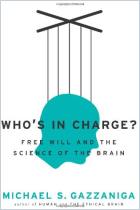
Recommendation
Are brainwaves how the brain thinks, or an artifact of thinking? Neuroscientist R. Douglas Fields investigates this question and illuminates the history of brainwave discovery. He explores whether changing brainwave patterns can change the brain, and the potential applications and dangers when brainwaves are harnessed by technology.
Summary
About the Author
Internationally recognized neuroscientist R. Douglas Fields, PhD, is an expert on nervous system development and plasticity at the National Institutes of Health.
Learners who read this summary also read
Article
Book
Book
Book
















Comment on this summary or Comenzar discusión